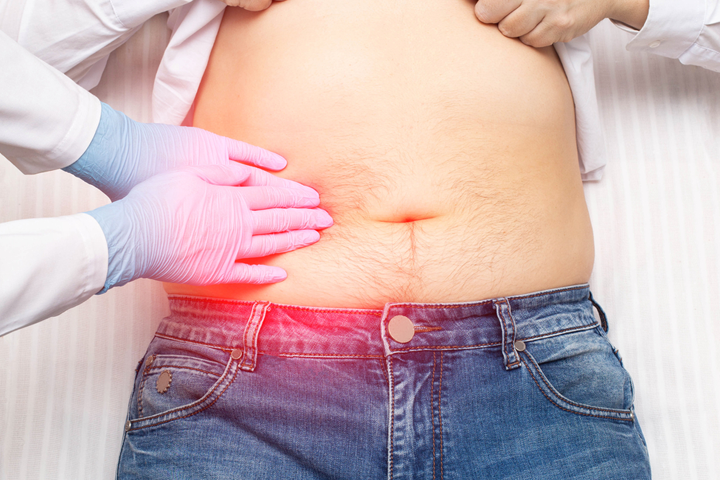A hernia occurs when an internal organ or tissue pushes through a weak spot in the muscle or surrounding tissue wall, often creating a noticeable bulge. Hernias are most commonly found in the abdominal or groin area and can cause discomfort, especially when lifting, bending, or coughing. They may be congenital or acquired due to strain, surgery, or muscle weakness. While some hernias are painless, others may require surgical repair to prevent complications like strangulation.
Who Needs Treatment?
Patients who experience:
- A visible lump or bulge, especially when standing or straining.
- Pain, pressure, or heaviness around the bulge.
- Discomfort while lifting, coughing, or bending.
- Burning or aching sensation at the site of the hernia.
- Nausea or vomiting (in cases of strangulated hernia).
Types of Hernias Treated
- Inguinal Hernia: Most common type, occurs in the groin; more common in men.
- Femoral Hernia: Occurs just below the groin; more common in women.
- Umbilical Hernia: Appears near the belly button, often in infants or due to obesity/pregnancy.
- Hiatal Hernia: Part of the stomach pushes up into the chest through the diaphragm, often causing heartburn or reflux.
- Epigastric Hernia: Occurs in the upper abdomen, between the belly button and chest.









